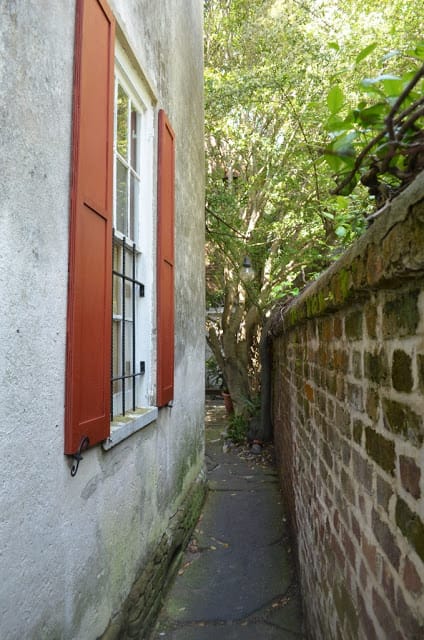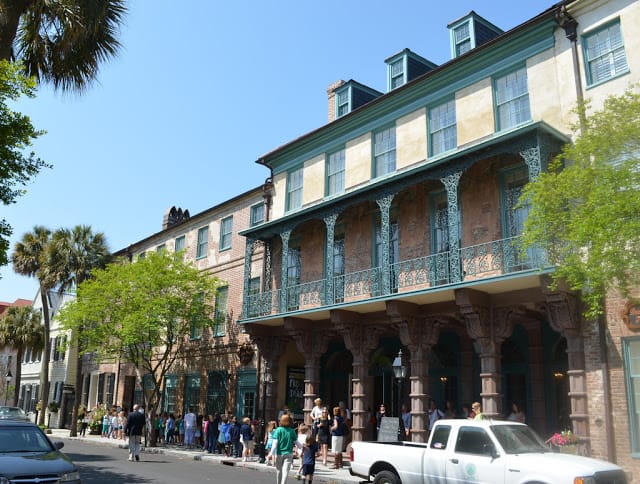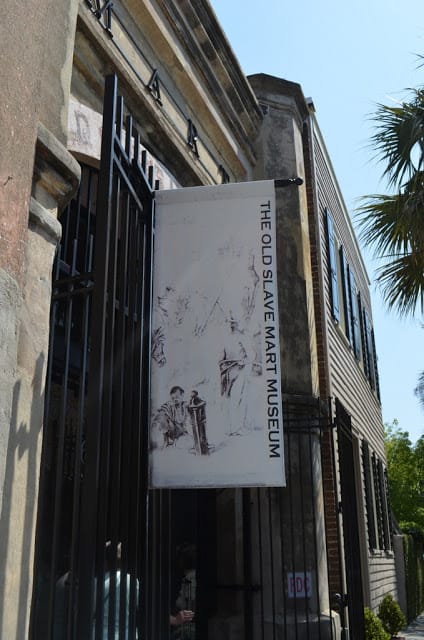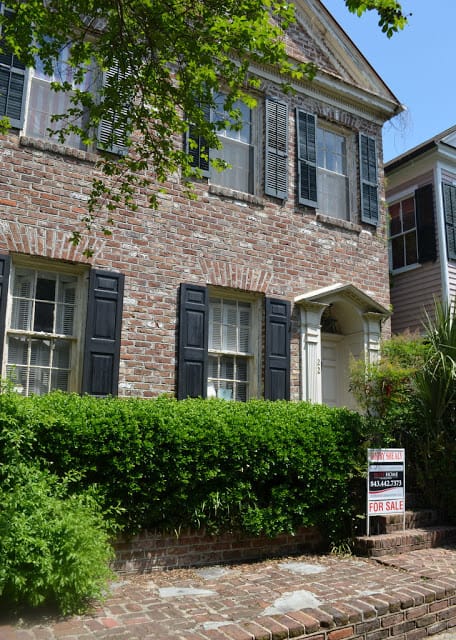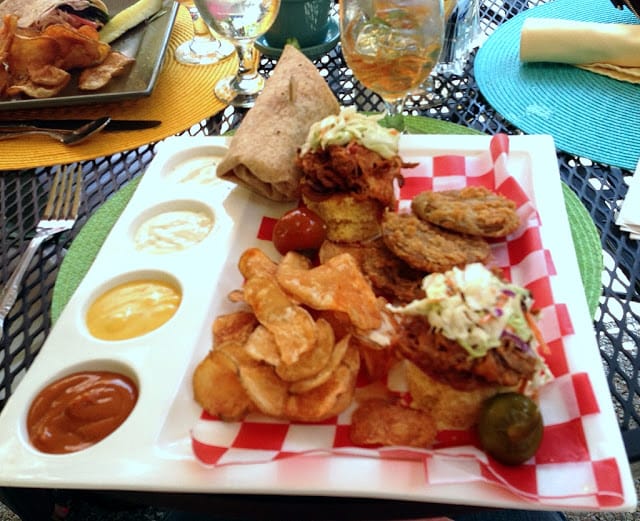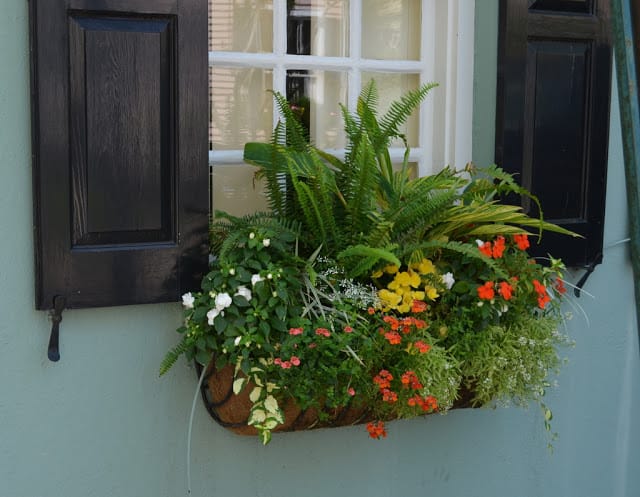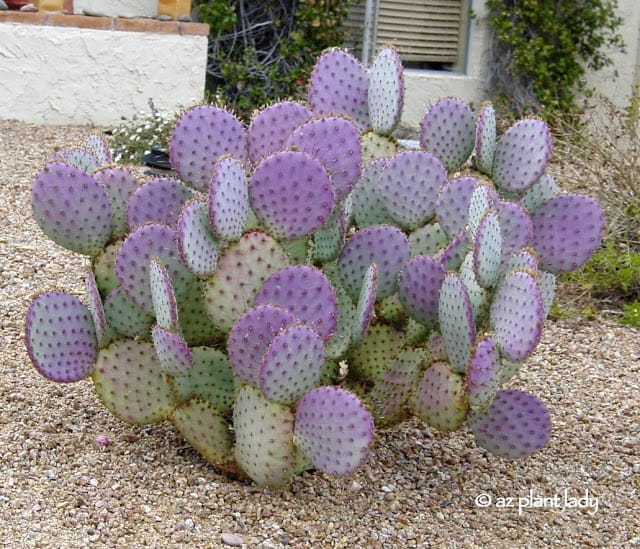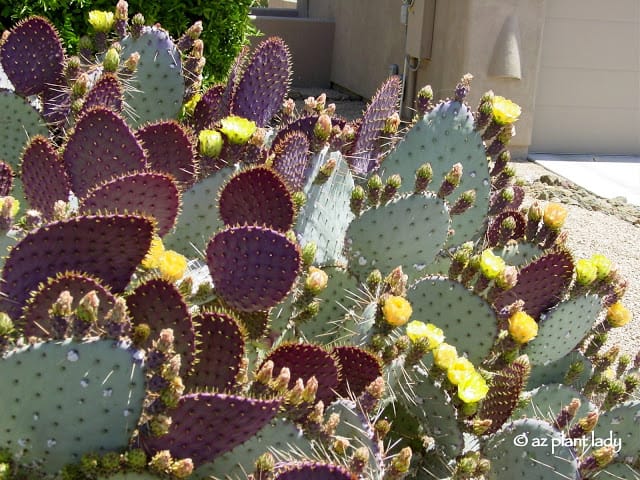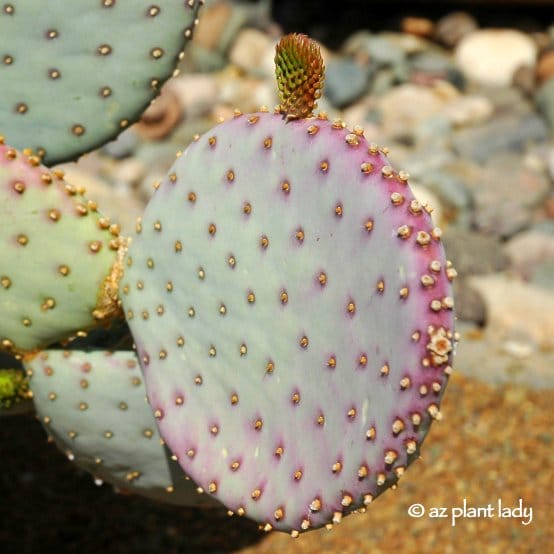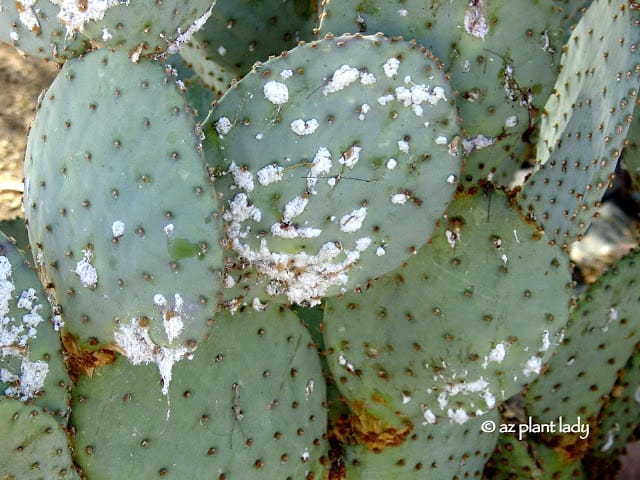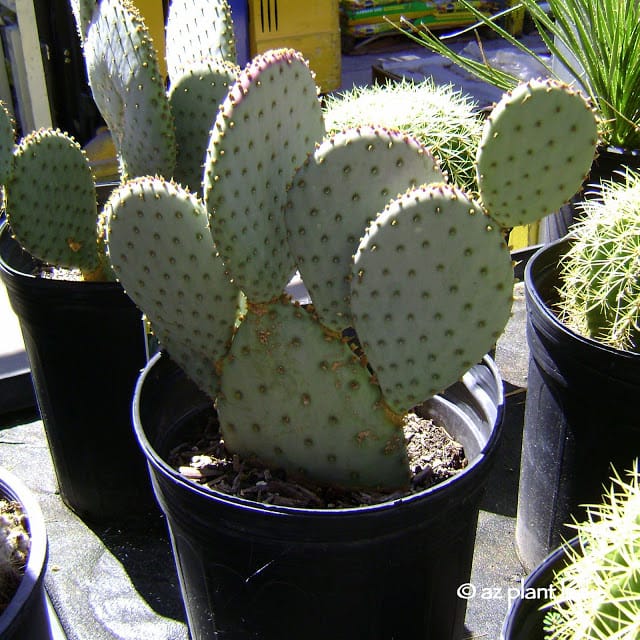If you have been following along with my last couple of posts (Part 1 and Part 2), then you know that I have been showing some of the highlights of this year’s Arcadia Edible Garden Tour.
Well, here is the last installment, showing some of our favorite highlights from the last few gardens we toured.
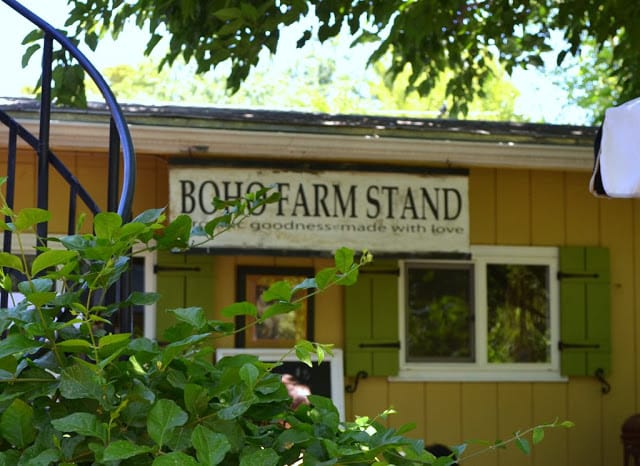
I was looking forward to visit Caroline’s garden. She blogs about growing and cooking great food at Boho Farm and Home.
The first thing you notice as you enter her back garden is that you start to feel relaxed amidst the beauty and shade.
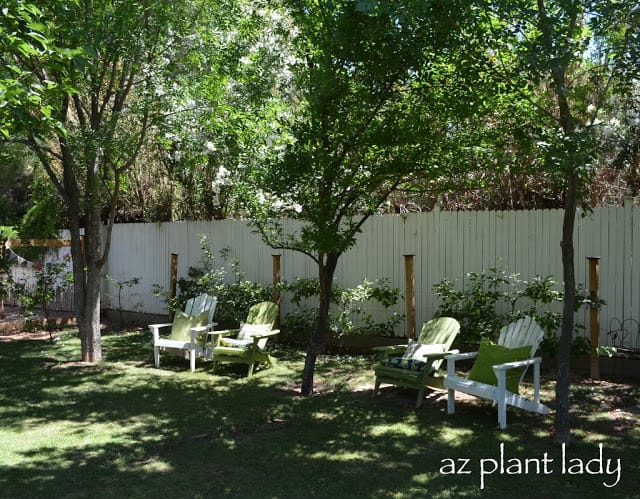
Who wouldn’t want to spend time enjoying a beautiful summer’s day in the shade?
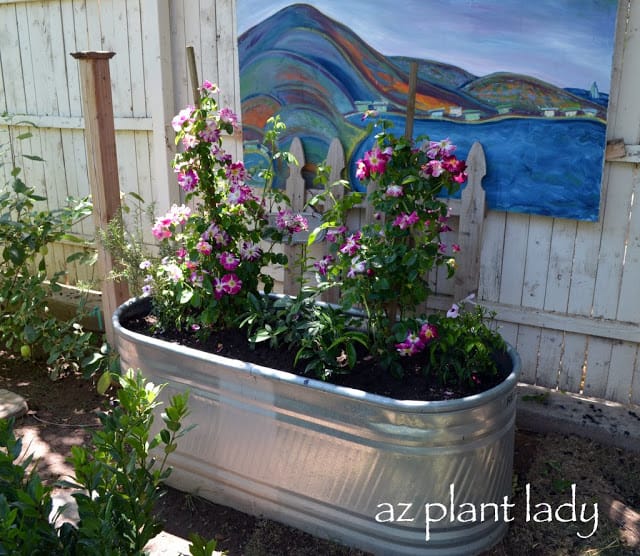
Galvanized tubs are all the rage for planting vegetables gardens, flower, etc. I may need to get one for my garden…
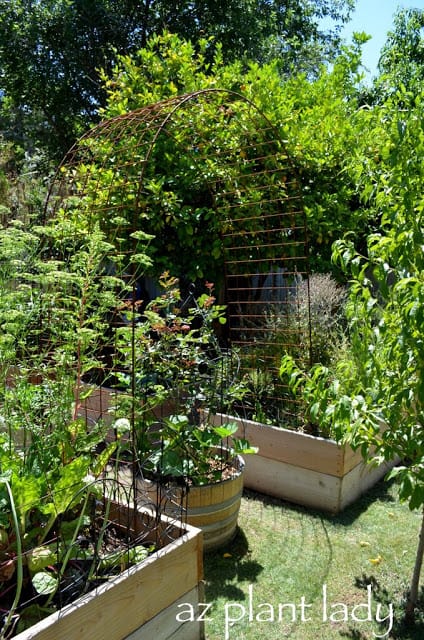
I love the wire mesh arch connecting both of these raised vegetable beds at Boho Farm. I can just imagine growing Scarlet Creeper vines up and over this arch.
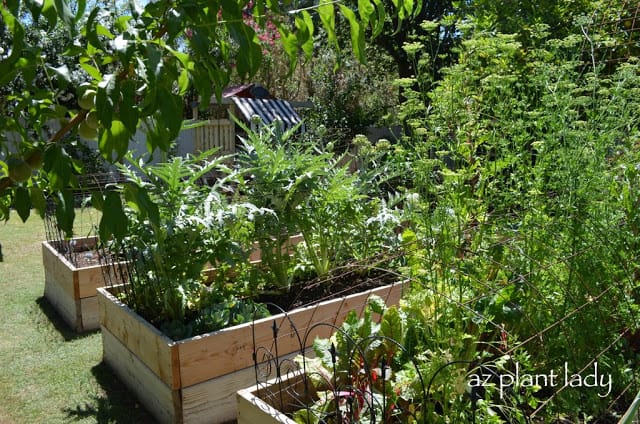
The vegetable beds were full of delicious vegetables, which Caroline serves to visitors.
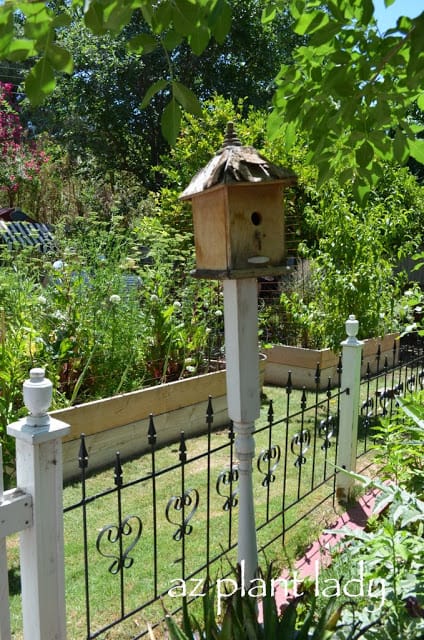
I like her fence, don’t you?
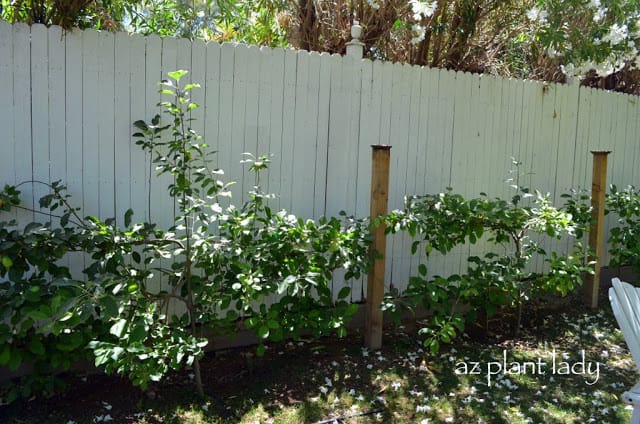
Her apple trees are espaliered along the fence.
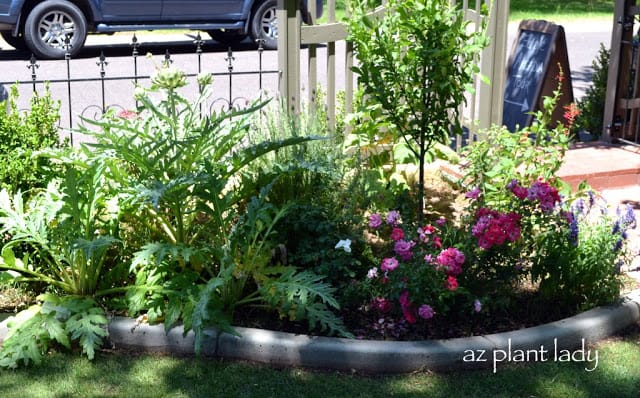
Throughout the gardens at Boho Farm were artichokes mixed with ornamental plants. Artichokes are a beautiful plant, so why not combine them with the rest of your garden?
Our last stop was a home where I was inspired to create my own trellises…
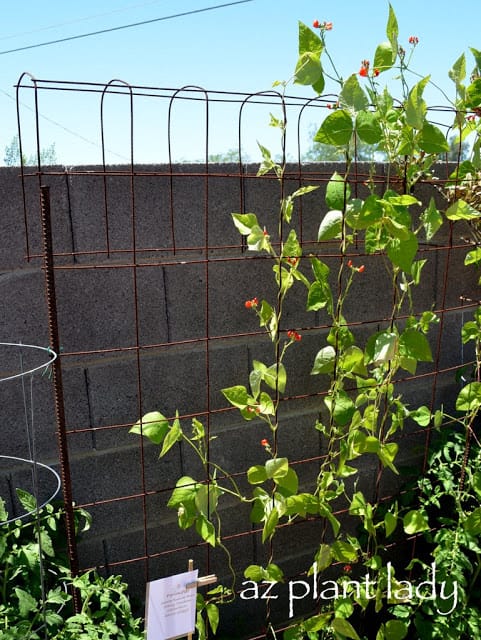
This scarlet creeper vine, which are very easy to grow in the summer, is growing up a vine made up of rebar and wire mesh.
How simple would that be to make? I think my husband and I are up for it.
Rebar is the hot trend in garden art right now. I love trends that are cheap – you can’t get much cheaper then rebar.
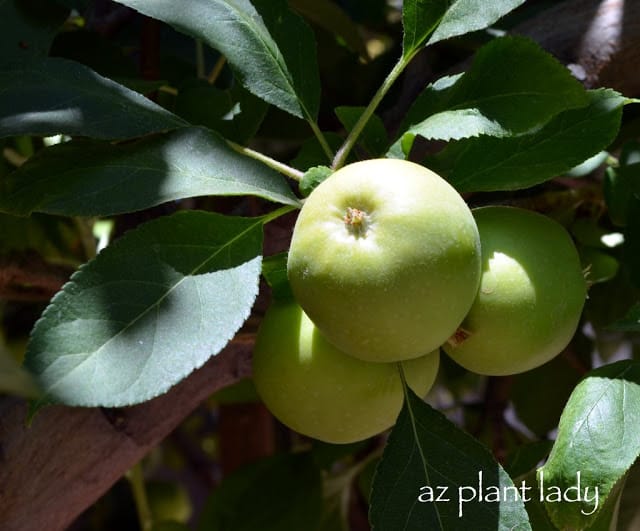
Of course, we saw more apples growing. They won’t be ripe until mid June.
Which reminds me – it is almost time for me to haul out my canning supplies and get ready to make peach, plum and strawberry jam. You can read about my adventures in canning here, if you like.
Of course, I will also make some applesauce too using apples from my mother’s trees. My apple trees are too young to be producing apples yet. I’ll probably have to wait a few more years.
As you can see, we had a wonderful morning together and I came home with some new plants and a few new ideas for my garden.
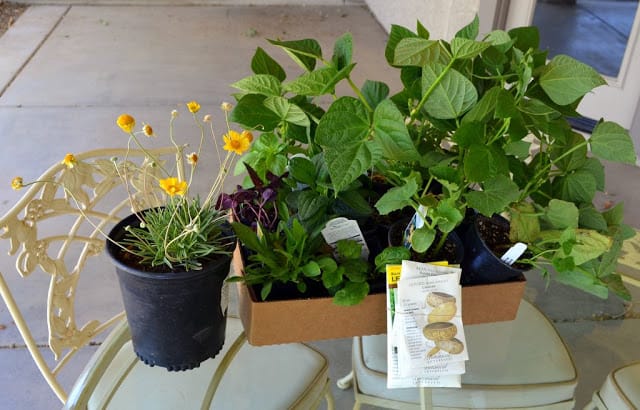
Would you like to go on this tour next year?
The Arcadia Edible Garden Tour has been held the past 2 years in early May. Tickets sell out quickly, so start looking for them on Sweet Life Garden’s blog in early April.
Who knows…we may bump into each other next year!




